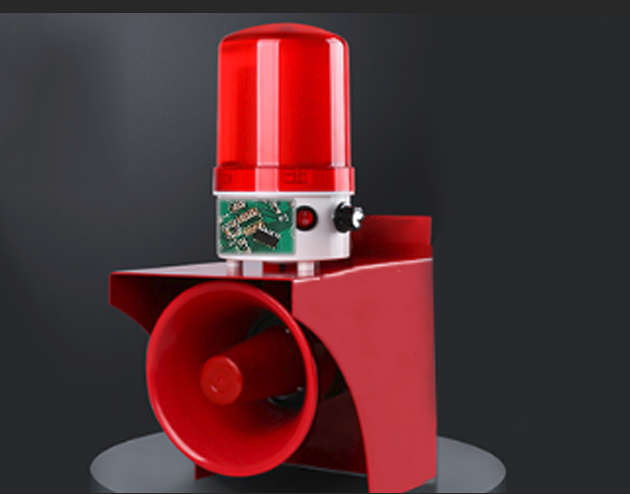Sound and light alarms are a common security device that are widely used in homes, businesses, and industries. When selecting a sound and light alarm chip, multiple factors need to be considered, including operating voltage range, sound and light effect requirements, remote control function requirements, stability and reliability, cost and supply chain, etc. TOPCHIP ELECTRONICS, an electronic components agent and distributor that sells chips of many well-known brands around the world, will introduce these factors in detail and provide you with a guide for selecting audible and visual alarm chips.

First of all, clarifying the needs is the key to choosing a suitable chip. Before selecting a model, you need to clarify the specific needs of the sound and light alarm, including usage scenarios, sound and light effect requirements, operating voltage range, control method, etc. For example, are audible and visual alarms used for home security or commercial security? What sound and light effects are needed, such as flashing, jumping, gradient, etc.? What is the operating voltage range? Does it need to support remote control function? Clarifying requirements can help narrow the scope of chip selection and improve the accuracy of selection.
Secondly, considering the operating voltage range is one of the important factors in selection. The operating voltage range of sound and light alarms is generally between 2.0-5.5V. Select the appropriate operating voltage range according to actual application requirements. If your audible and visual alarm needs to work within a specific voltage range, then you need to choose a chip solution that supports that voltage range.
The sound and light effect is one of the core functions of the sound and light alarm. When selecting, you need to consider the lamp drive method and sound control method required for the sound and light alarm. Generally speaking, the chip solution should support traditional RGB lamp driving methods and protocol-based lamp bead driving methods. In addition, it is also necessary to consider whether the chip solution supports multiple mode selections, such as static mode, jump mode, gradient mode, music mode, etc. According to the sound and light effect requirements, select the appropriate chip solution.
Remote control function is one of the common requirements of modern sound and light alarms. When selecting, you need to consider whether the chip solution supports remote control function and which remote control method it supports, such as infrared remote control or 315M/433M wireless remote control and other decoding methods. If your sound and light alarm needs to have remote control function, then you need to choose a chip solution that supports this remote control method.
Stability and reliability are the keys to the long-term stable operation of sound and light alarms. When selecting, you need to choose a chip brand and solution with good stability and reliability. You can evaluate the stability and reliability of the chip solution by consulting product manuals, referring to user reviews, and consulting professionals. Choosing a chip solution with high stability and reliability can ensure the long-term stable operation of the audible and visual alarm.
Finally, cost and supply chain are also factors to consider. Choose the appropriate chip brand and solution based on budget and market demand. At the same time, it is necessary to consider whether the chip supply chain is stable and whether it can meet long-term production needs. Choosing a chip solution with moderate cost and stable supply chain can ensure the smooth production and sales of sound and light alarms.
When selecting a suitable sound and light alarm chip solution, multiple factors need to be considered, including operating voltage range, sound and light effect requirements, remote control function requirements, stability and reliability, cost and supply chain, etc.
By clarifying the needs and considering factors such as operating voltage range, sound and light effect requirements, remote control function requirements, stability and reliability, cost and supply chain, we can help you choose a suitable sound and light alarm chip solution. At the same time, you can obtain more information about chip solutions by consulting professionals, referring to user reviews and product manuals, and make wise choices. I hope this article can provide you with some help in selecting sound and light alarm chips.

